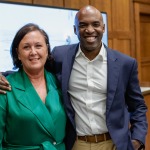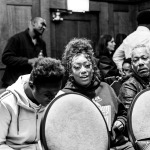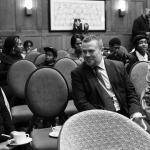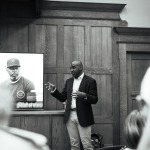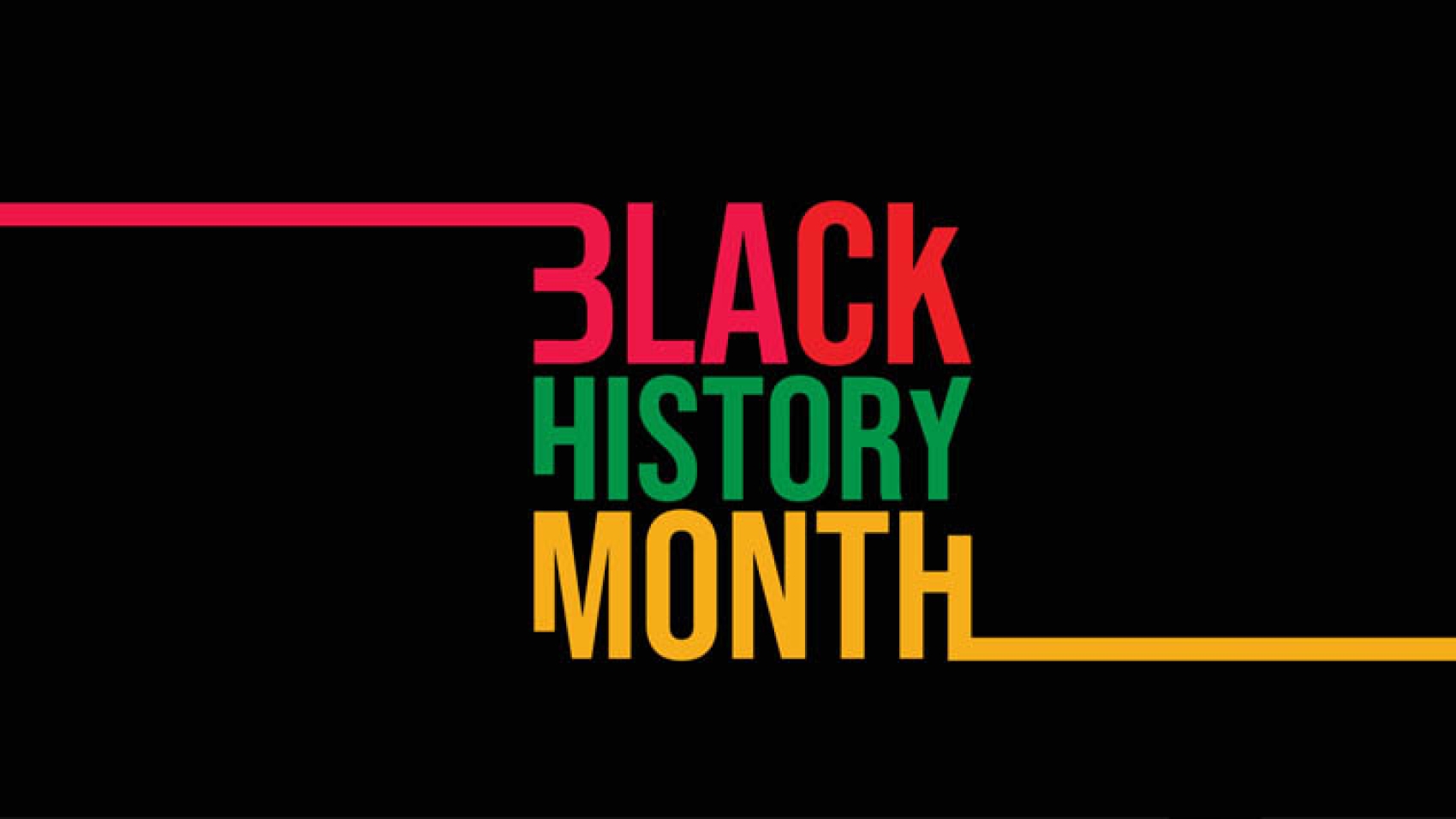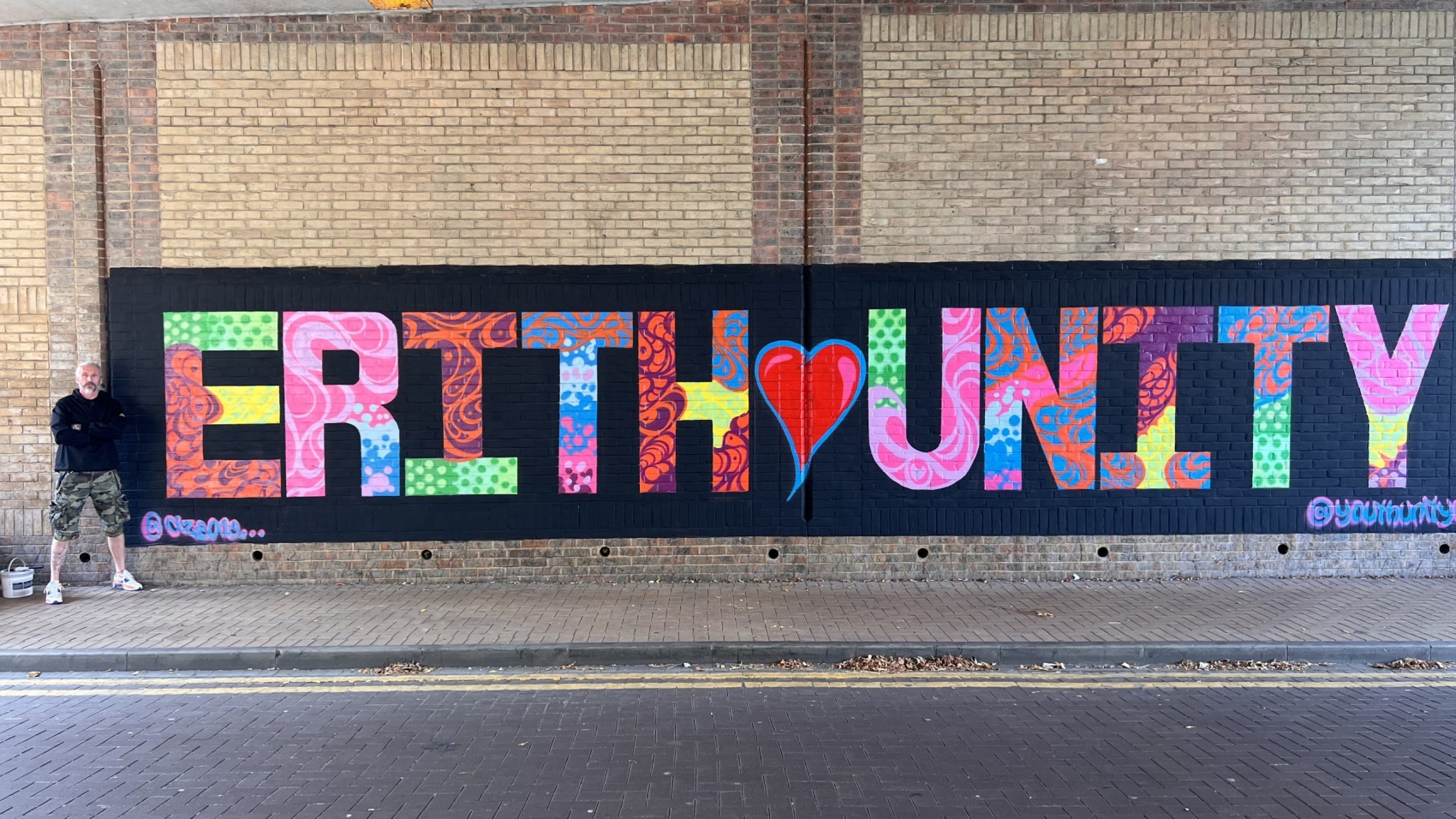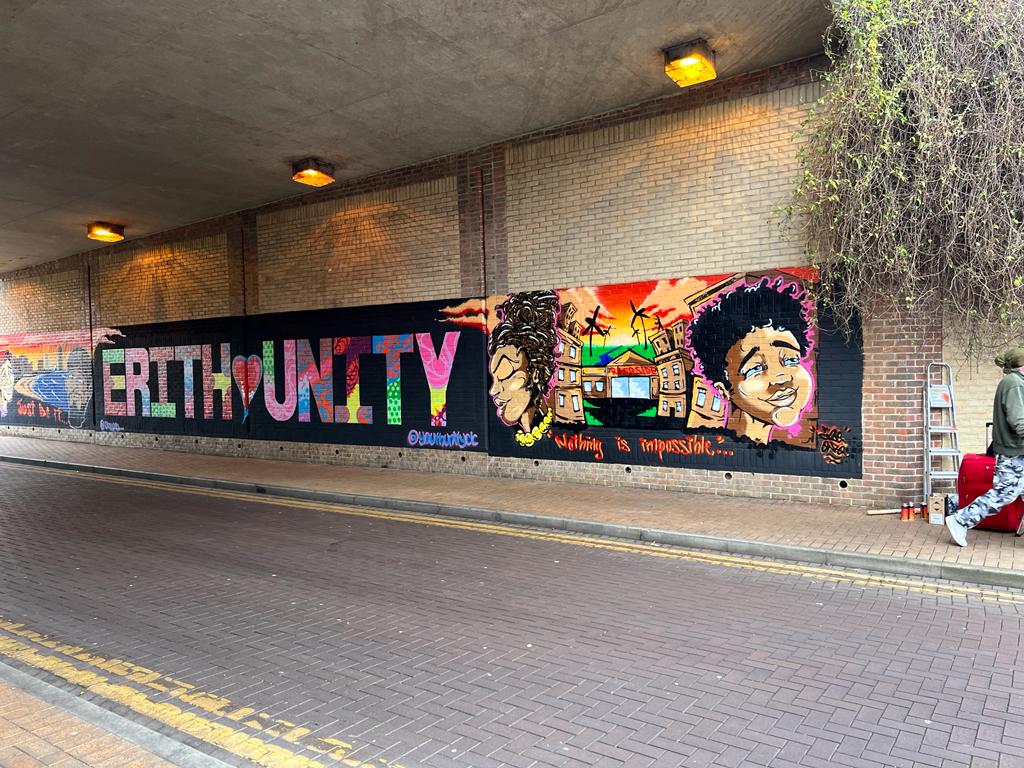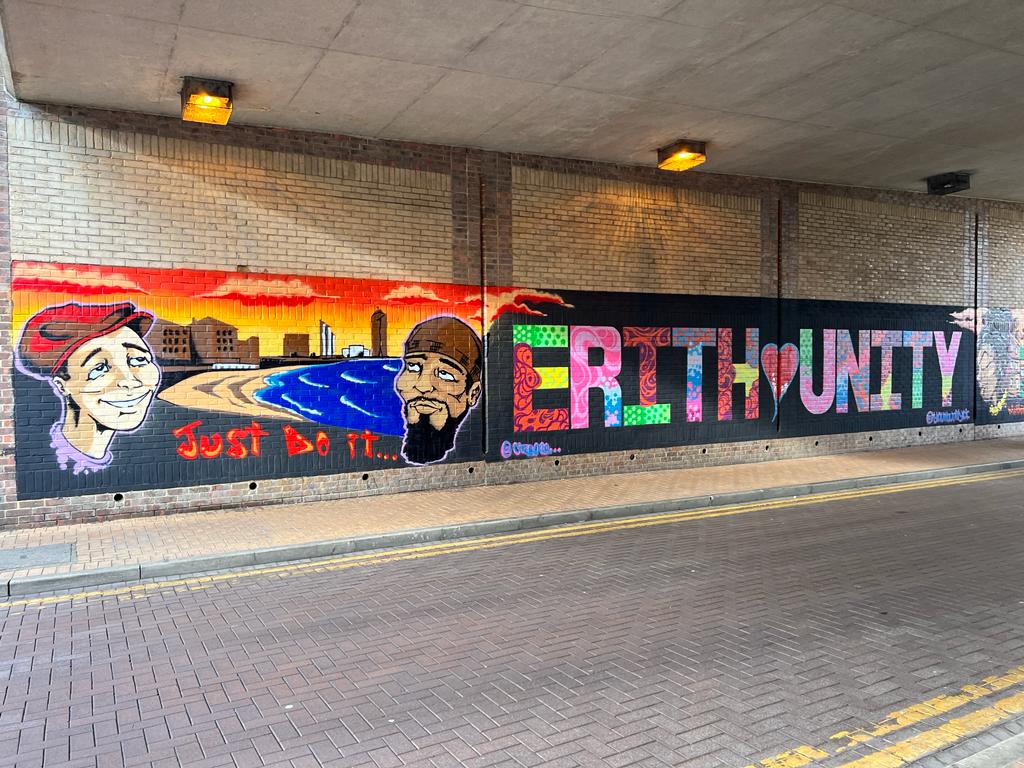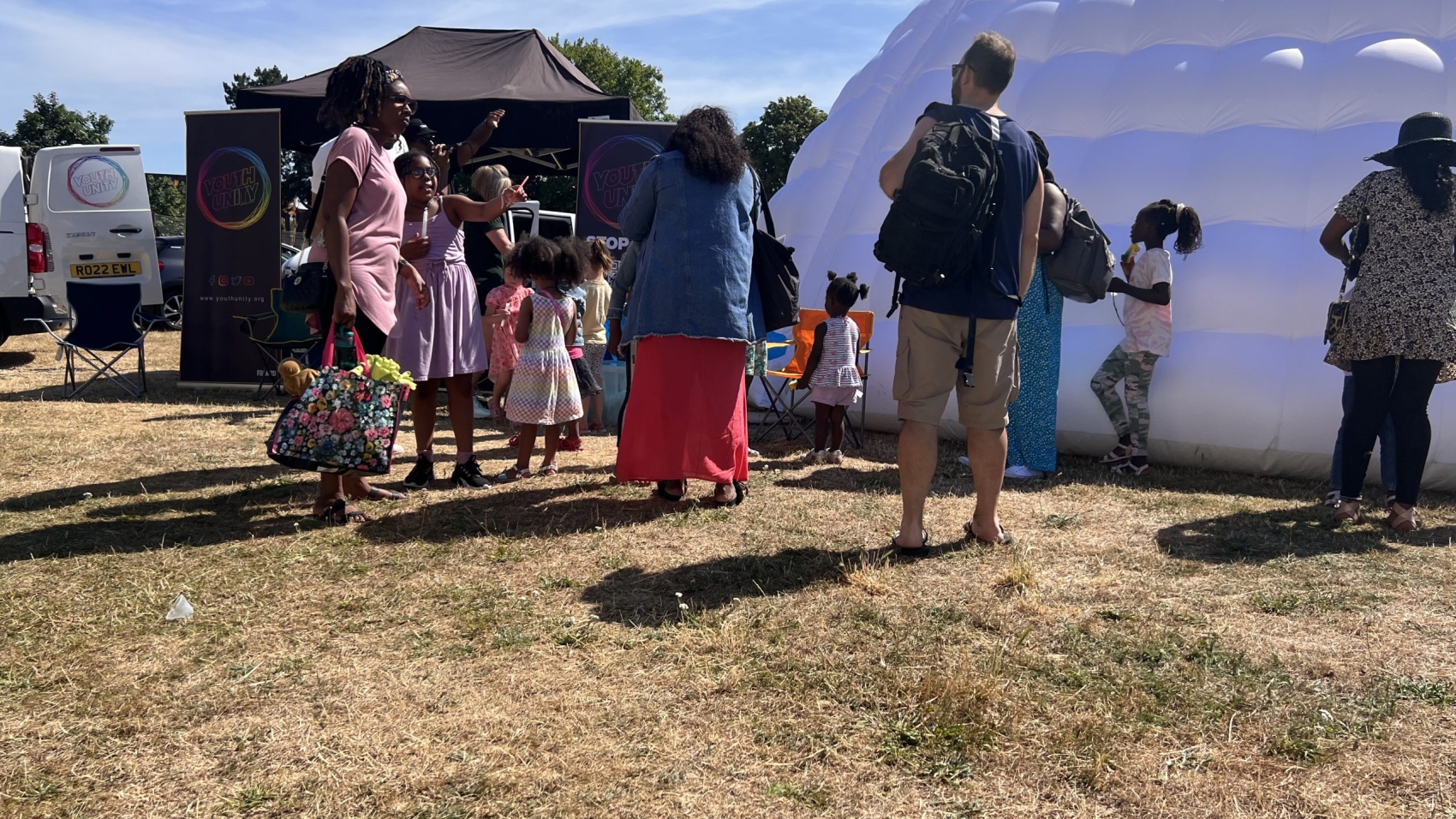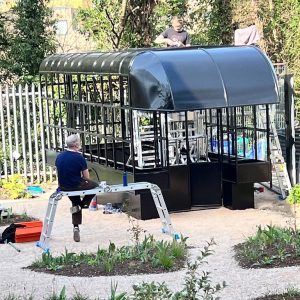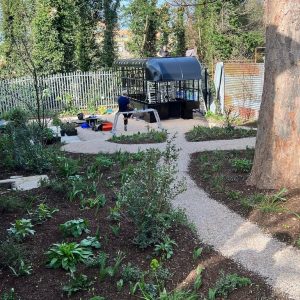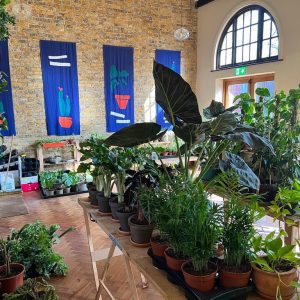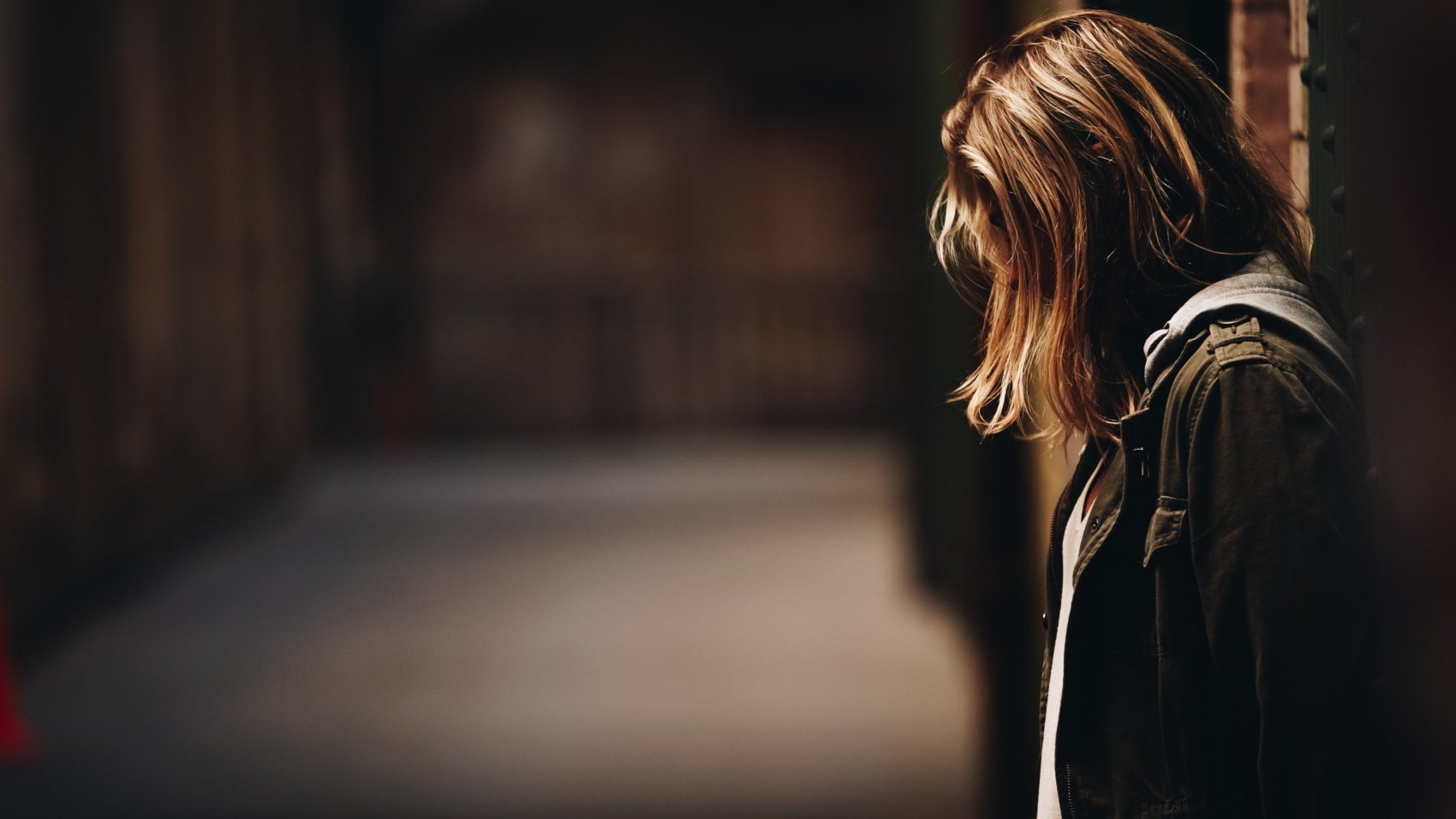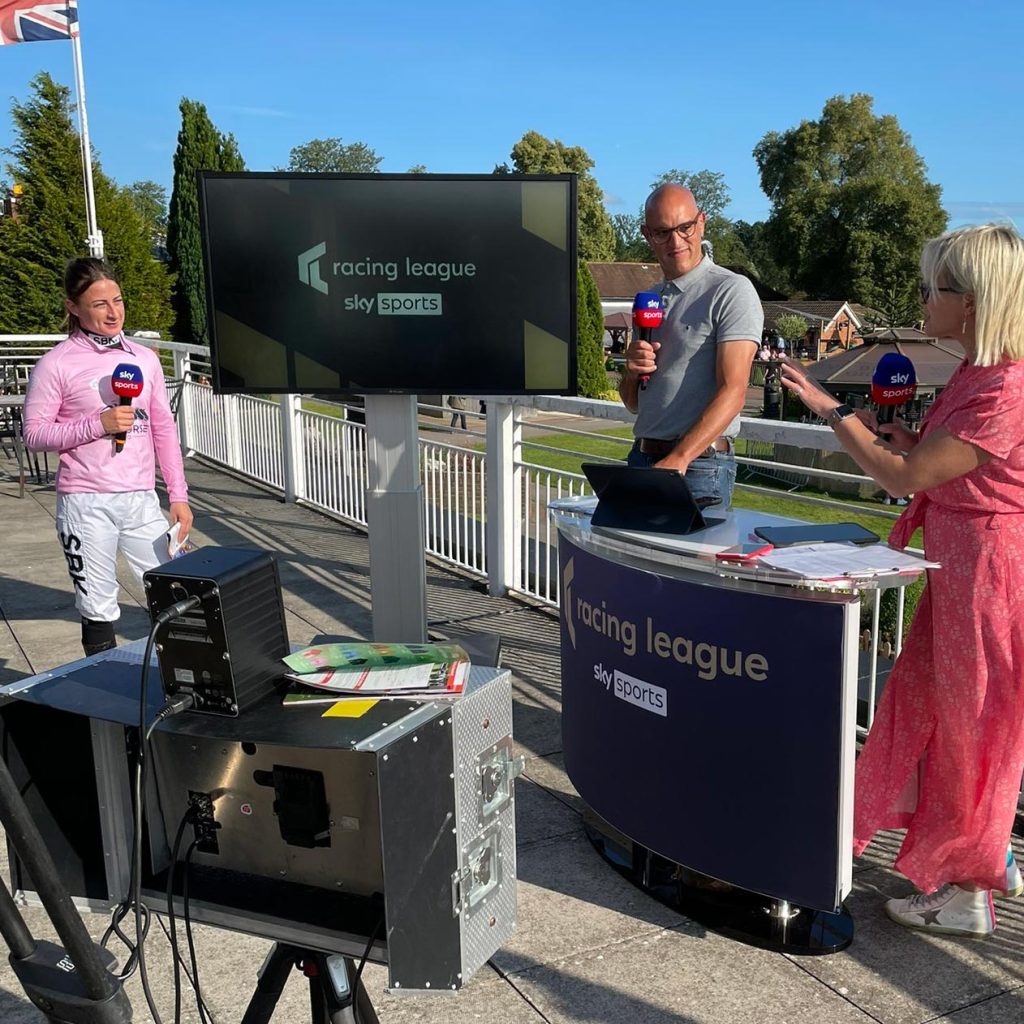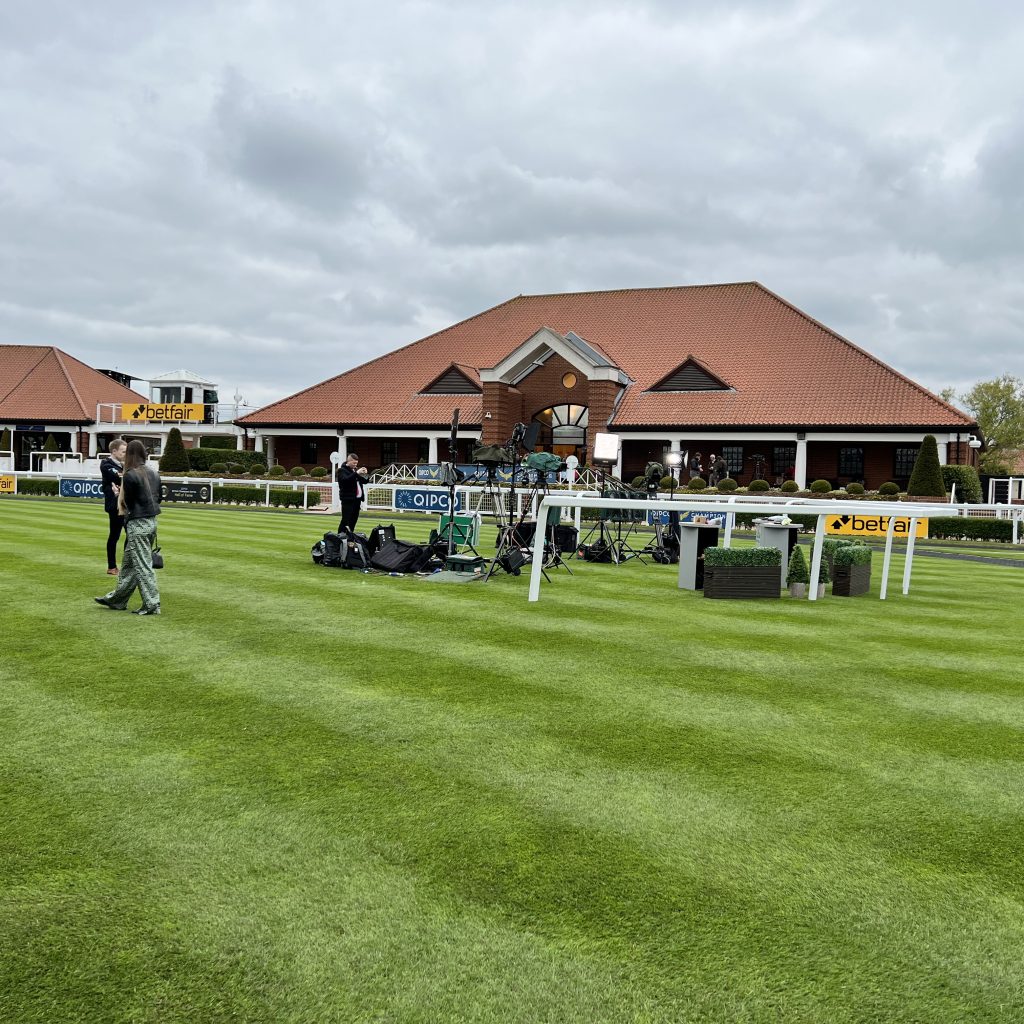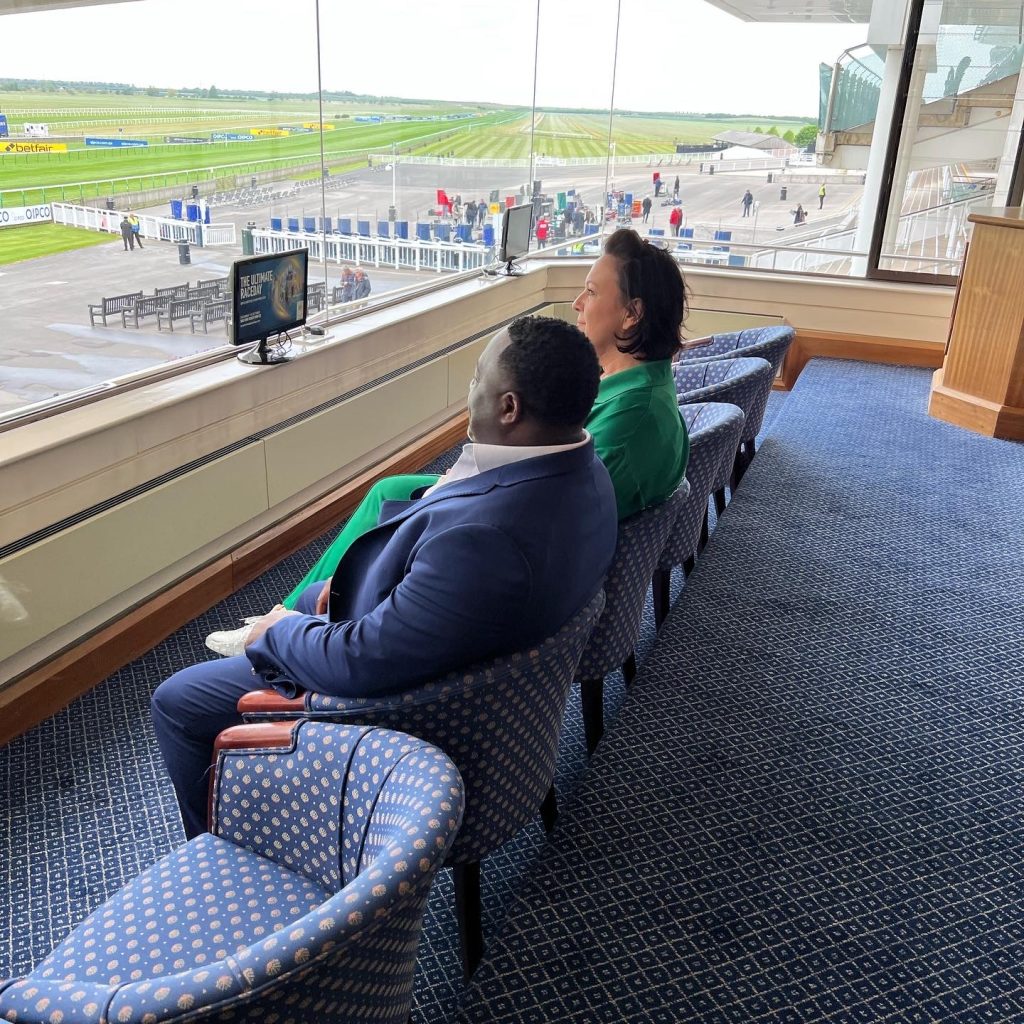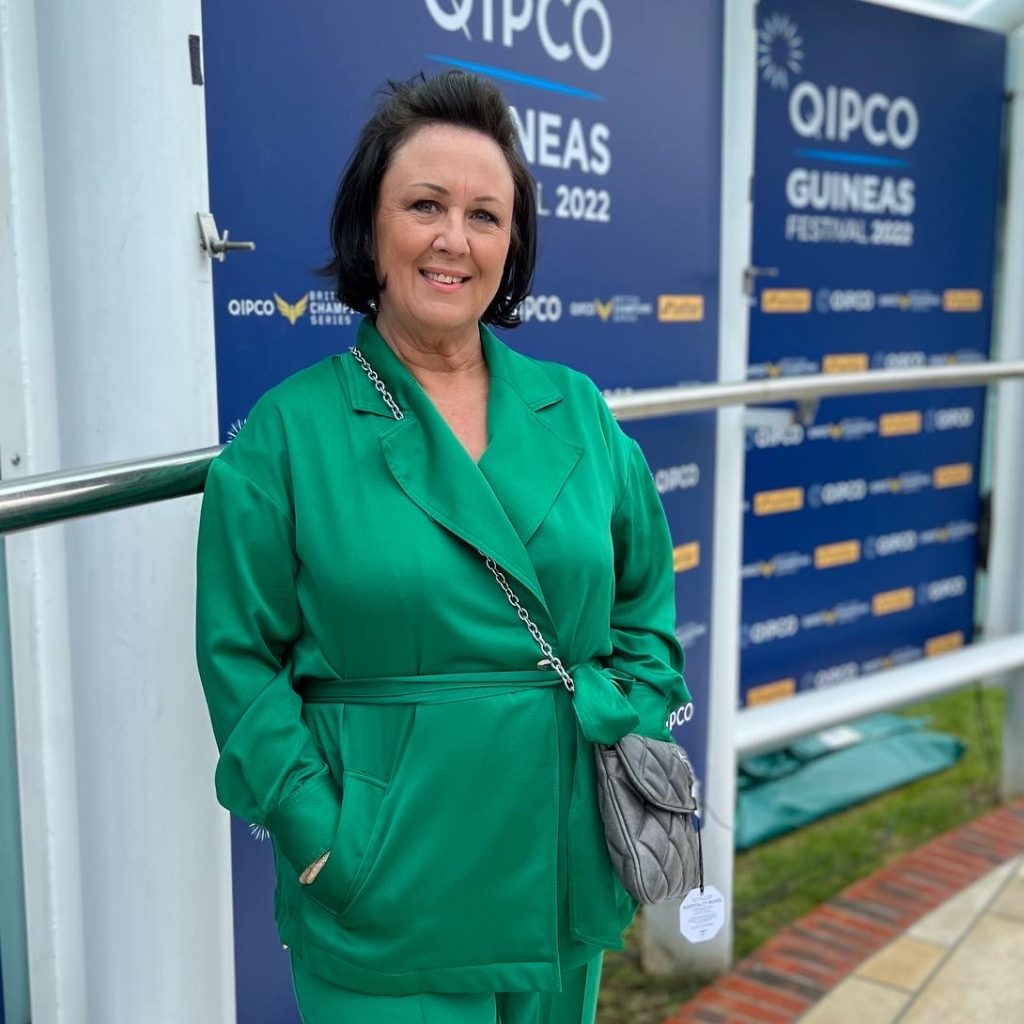Children more unhappy with lives, schooling and appearance – research
The cost-of-living crisis is impacting families, a report said, while children are struggling following the disruption of the coronavirus pandemic.

Children are becoming more unhappy with their lives, schooling and appearance, according to research detailing the “desperately worrying” decline of children’s wellbeing in the UK.
Around one in eight children (12%) aged 10-15 were unhappy with school in 2019-20, data analysed by The Children’s Society suggests.
And six per cent were unhappy with their lives overall, according to the results set out in its Good Childhood report 2022.
Events since then, such as the cost-of-living crisis, are having a significant impact on families, the authors said, while children are also struggling following the disruption of the coronavirus pandemic.
The charity surveyed more than 2,000 children aged 10-17, and their parent or carer, across the UK between May and June.
It also analysed data from the UK Understanding Society survey, which covers 40,000 UK households annually, with questions completed by adults and children aged 10-15.
More than a third of parents and carers surveyed by the charity said they had struggled with the costs of school trips and uniforms, while more than a quarter struggled with the cost of school shoes, computer equipment and PE kit.
Some 85% said they were concerned about the impact of the cost-of-living crisis on their family over the next year.
And 11% of children and 13% of parents or carers said they did not cope well with changes caused by coronavirus.
Analysis of the Understanding Society study suggests, on average, happiness with life as a whole, friends, appearance and school were all significantly lower in 2019-20 – the latest available data – than in 2009-10.
Some 12% were unhappy with school in 2019-20, and six per cent about their lives overall.
It also found girls in particular were struggling with their body image, with 18% unhappy with their appearance in 2019-20.
This is significantly higher than the 10% of boys who felt this way, and a “worrying jump” from the 15% of girls who were unhappy with their appearance a decade ago.
Mark Russell, chief executive at The Children’s Society, called the state of decline in children’s wellbeing “desperately worrying”.
He said: “Right now, the negative effects of the cost-of-living crisis, the disruption of the pandemic to young people’s education, and the ongoing decline in children’s happiness are on a collision course.
“School is a vital setting to influence children’s wellbeing, but they need more support, as the reality of what’s facing children and the lack of a holistic response is a national scandal.
“We need a faster roll-out of mental health support teams in schools alongside early support hubs in every local community and there needs to be more support for children whose families are struggling to make ends meet with free school meals available to all children on Universal Credit.
“There is nowhere to hide from the ensuing wellbeing catastrophe unless urgent action is taken.”
The Children’s Society survey found children were happiest with their family, and least happy about school, with 14.2% feeling this way in 2022.
Children who said their family was not well off were less happy with school on average, while boys were happier with school than girls on average.
The environment was top of children’s concerns in 2022, with four in 10 children very or quite worried about it, followed by new illnesses/pandemics, crime, inequality and the refugee and migrant crisis.
A Government spokesperson said: “We are providing schools with £53.8 billion this year in core funding, which includes a cash increase of £4 billion, and continue to invest in children’s mental health and wellbeing support.
“Across Government we are also taking action to address cost pressures for families, including through the energy price guarantee, which will save a typical household an average of £1,000 a year on their energy bills. We will continue working closely with schools and the sector to address the pressures they face.”
Black History Month 2022
October is Black History Month in the UK.
Youth Unity CIC will be celebrating the continued achievements and contributions of Black people to the UK and around the world.
It’s also a time for continued action to tackle racism, reclaim Black history, and ensure Black history is represented and celebrated all year round.
Time for Change: Action Not Words
The theme of this year’s Black History Month is ‘Time for Change: Action Not Words’, aiming to get people to come together to make a change.
It’s about coming together around a shared common goal to achieve a better world for everyone.
The campaign is asking for real support from allies to ensure real change. It’s time to reset your mindset and support with actions, not words. #seesomethingsaysomething, don’t be a passive bystander.
As part of the Black History Month, Youth Unity CIC will celebrate black history, heritage and culture, and the iconic figures that have contributed so much, we will also be promoting this valuable impact in our commissioned services across areas of the home counties, Kent, Essex and London Boroughs.
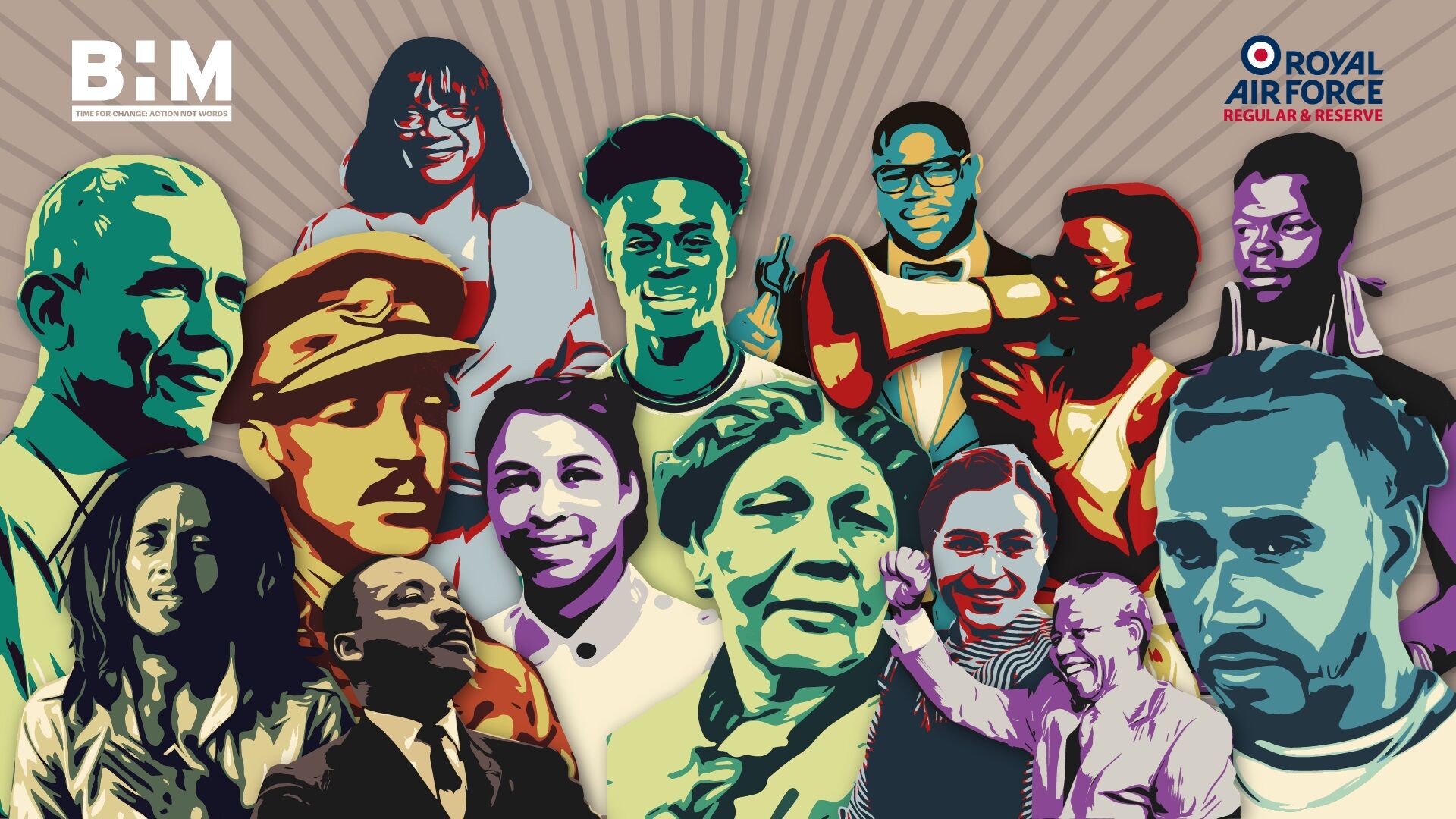
Serious violence duty: Police, Crime, Sentencing and Courts Act 2022 factsheet
Updated 20 August 2022
1. What are we going to do?
The Serious Violence Duty will require local authorities, the police, fire and rescue authorities, specified criminal justice agencies and health authorities to work together to formulate an evidence based analysis of the problems associated with serious violence in a local area, and then produce and implement a strategy detailing how they will respond to those particular issues. Prisons, youth custody agencies and educational authorities may also need to work with these core partners.
2. How are we going to do it?
We want to reduce violent crime and address the root causes of serious violence across England and Wales by making sure that public bodies work together to stop serious violence.
As a result of this duty the police, local authorities, fire and rescue authorities, and specified health and criminal justice agencies will have to work together to identify and publish what actions they need to take collectively to reduce violent crime, including domestic abuse and sexual offences. Educational authorities, prisons and youth custody agencies may also be required to work with those bodies as a result of this duty. The legislation grants these authorities the power to share data and information with each other for the purpose of preventing and reducing serious violence. We will encourage authorities to place an emphasis on early intervention with young people in order to prevent them from becoming either a victim or perpetrator of serious violence in the first place.
Local areas can be flexible in deciding the geographical extent of their partnership and local areas will be encouraged to use existing multi-agency partnerships where possible. Some partnerships already work well in tackling serious violence and the Home Office wants to build on this good practice so that it is more consistent across England and Wales.
By ensuring that all of these authorities work together in this way, strategies can be put in place to effectively prevent and reduce serious violence and make communities safer.
3. Background
The increase in serious violence since 2014 proves that more needs to be done to prevent and reduce serious violence. While some partnerships work well, in others there are performance or capability issues. There are many reasons for this including competing priorities, strength of relationships between public agencies, and not enough data and intelligence sharing.
This is not just a policing issue. To be successful in dealing with this threat, all relevant agencies need to focus on and be held accountable for preventing and reducing serious violence in their local area, targeting activity to the people and places most at risk. The new duty is key to achieving this.
3.1 Timeline
Work on the duty has been ongoing since Spring 2019, and consisted of:
- 1 April – 28 May 2019 – the Government consultation on a Public Health Duty for tackling serious violence.
- 15 July 2019 – the Government [response] to the consultation published.
- 19 December 2019 – Government announcement in the Queen’s Speech that a new duty would be brought forward for public sector bodies to address serious violence.
- October – December 2020 – Engagement with key stakeholders on the legislation.
The consultation showed that there was clear support for taking a multi-agency approach to prevent and reduce serious violence. We have taken into consideration the points raised by those who responded to the consultation when developing the policy for the Serious Violence Duty.
4. Frequently asked questions
4.1 Why do we need this new duty?
The duty ensures that serious violence is made a focus within existing multi-agency arrangements, such as multi-agency safeguarding arrangements or Community Safety Partnerships, and allow for collaboration between a much wider set of partners. This duty also introduces a requirement for local partnerships to establish their local problem profile and produce a local strategy specifically aimed at preventing and reducing serious violence.
4.2 Will individuals (e.g. nurses, teachers) be required to report on serious violence issues as a result of this duty?
The new duty is not aimed at individual teachers, nurses, social workers or other frontline professionals. Instead, it is intended to encourage authorities and partners to plan, share data, intelligence and knowledge, to generate an evidence based analysis of the problem and a response strategy with bespoke local solutions.
4.3 Will there be further funding to support this new duty?
The government is investing £130 million in 2022/23 to drive down the most devastating types of crime – including knife crime, gun crime and homicide.
This funding package includes:
- supporting the implementation of the new Serious Violence Duty and Serious Violence Reduction Orders, being brought into law via the Police, Crime, Sentencing and Courts Bill
- an additional £64 million for Violence Reduction Units, supporting the existing 18 and enabling two new units to be established in Cleveland and Humberside
- an additional £30 million into the ‘Grip’ police enforcement programme
We are also providing £200m over 10 years for the Youth Endowment Fund, to test and evaluate what works to ensure those young people most at risk are given the opportunity to turn away from violence and lead positive lives.
4.4 How will this new duty work with Violence Reduction Units?
Violence Reduction Units (VRUs) bring together community leaders and other key partners with police, local government, health and education professionals to identify the drivers of serious violence and develop a response to them. VRUs will ensure there is effective planning and collaboration to support a longer term approach to preventing violence.
The new duty will complement and assist the VRUs in their aim of preventing and reducing serious violence, by providing a strategic platform with the right regulatory conditions to support successful delivery of this multi-agency approach, including through the extended set of partners on whom the duty will fall.
Youth Conference to make a powerful IMPACT in schools across the district
Dover Youth Conference 2022
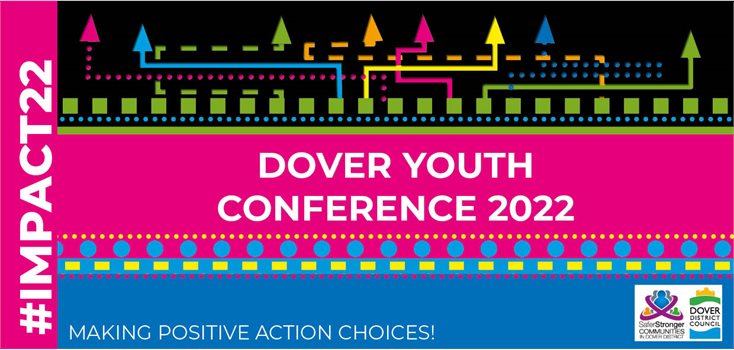
Dover District Council (DDC) is taking the lead in talking with the district’s young people about drugs and alcohol, and their impact on mental health.
The Dover District Youth Conference 2022 is running as a roadshow in nine different secondary schools in Dover, Deal and Sandwich from 23-27 May.
Inviting year eight students, the conference will host an IMPACT workshop (‘I’m making positive action choices today’). The session will convey essential and positive messages concerning mental health, exploitation, gangs, and county lines, as well as teaching young people how to become personally resilient in making positive choices.
Three guest speakers Nick Evans, Anne Lamb and Paul McKenzie from Youth Unity CIC will share their own powerful stories of addiction, homelessness, relationships, and grooming. It will give students the opportunity to reflect on information from people who have had first-hand experience.
There will also be supporting entertainment from young and local talented artists: singer Rudie Edwards and singer/MC for the week, Robbie McKewan.
Students will have a chance to browse stalls from Kooth, Early Help, Kent Police, and DDC’s Community Development Team, full of information to take away on topics that have been covered by the keynote speakers, plus other safety materials. Trained counsellors will also be on hand along with the schools’ own pastoral care teams.
Nick Evans, recovering addict and community substance misuse worker, said: “As an addict who is now in recovery, my passion now is supporting others who are going through similar experiences, and empowering all young people to make informed choices. I aim to reduce the stigma around addiction and show that people can change and turn their lives around. Most importantly, I talk about the importance of wellbeing and offer coping strategies to anyone who may need that extra help.”
Anne Lamb, a mentor, trainer and counsellor for consultancy ‘Out of the Shadows’, talks about the pressures of parenting a child who is struggling with their mental health. She said: “If I can help young people make the right choices by talking about my own experience, then I know that my time spent has been absolutely worth it.”
James Hensman, Head of Service for Youth Unity, said: “Our aim is to build resilience in our young people, by empowering them with the tools and knowledge to protect themselves from exploitation. We show them how popular culture and social media has so much influence on our daily lives, and discuss the language being used in songs and by influencers. We ask them what they know already, and we build on the conversation.”
Deputy Leader of the Council, Cllr Ollie Richardson, said: “Our young people have experienced a lot of disruption and change over the last two years as a direct result of the pandemic. DDC is fully aware of the impact that this has had on their mental health and resilience. These workshops have been designed to raise awareness of drink and drugs, and to powerfully show how they can and should be avoided.”
Notes to editors:
The speakers
Nick Evans is in recovery, and he works in the community supporting others. He has experienced addiction, criminality and homelessness and speaks from the heart about his own journey.
Anne Lamb trained in Restorative Practice in early 2016 and supported Margate Police’s weekly Restorative Clinics for a number of years. She developed a Family Liaison role across the Thanet Pupil Referral Units and worked closely and proactively with some of the most challenging students and families. Within ‘Out of the Shadows’ she is delivering presentations and bespoke workshops to professionals and students encouraging a wider understanding and knowledge of the ‘less understood’ issues young people are facing.
www.outofthe-shadows.co.uk/about
Youth Unity CIC is a “not for profit” organisation established to provide effective help and support to vulnerable young people and adults affected by group violence (gangs), drugs and other forms of exploitation such as human trafficking, CSE and extremism. Their mission is to help Prevent | Prepare | Protect for a future that is founded on more available choices and better-informed decisions. A formula they believe can offer an individual a greater start in life.
Local singers
Rudie Edwards attended Astor secondary school before forging a successful music career abroad.
Robbie McEwan
Robbie works as a Teaching Assistant for Brockhill School and is well known locally for his busking talent.
www.kooth.com online mental wellbeing community – free, safe, and anonymous support
www.talktofrank.com honest information about drugs
#IMPACT22
An article taken from Fighting Knife Crime
Fighting Knife Crime: The Clinical Director for the London Violence Reduction Programme and Clinical Director for Violence Reduction NHSE gives an insight into the cause and effect of serious violence amongst young people
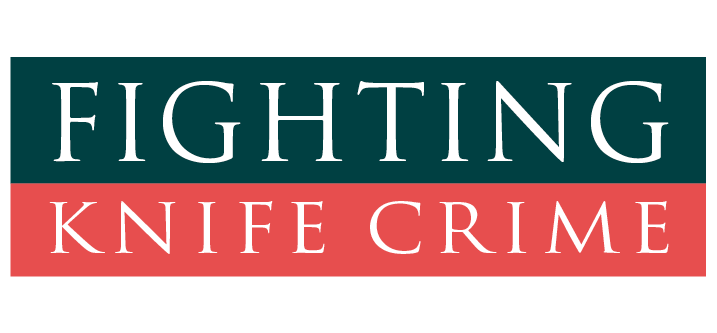
Martin Griffiths CBE, Consultant Trauma and Vascular Surgeon at Barts Health NHS Trust, and Clinical Director for the London Violence Reduction Programme and Clinical Director for Violence Reduction NHSE, gives us an insight into the cause and effect of serious violence amongst young people.
A child arrives on a hospital ward with traumatic injuries inflicted during a knife fight with someone of his own age. He may be brought in on a stretcher, still wearing his school uniform. This is not a fanciful scenario in London, where I grew up and have spent most of my working life. Grouped by age, the greatest number of victims of knife wounds are 16-year olds. The second biggest cohort is 15-year olds.
What responsibility does the NHS have towards this injured child? First of all, of course his injuries must be treated so that he is restored to physical health, which the NHS does brilliantly. The traditional view of the NHS’s responsibilities was to say we are a recovery service for the injured and the ill, and that is it. We patch them up and send them home: the rest is up to the police and social care services.
But a curious person asks what will happen to the boy who is discharged from hospital and sent straight back into the environment where he sustained his injuries? We start at the wrong end, in the wrong place, after the child has been injured. We need to know, and more importantly understand the story that preceded that injury.
No one reading this will be surprised to know that the victims of knife wounds are almost all from poor families, and from groups often denied access to the mechanics of authority. We know many of these people face inequalities and challenges, such as drug addiction, obesity, mental health issues, poor school results and poor employment prospects.
We could talk about the small amount of organised crime, which dominates the headlines, which is a separate issue. Most of what is termed ‘gang culture’ is simply groups of disadvantaged youths banding together to assert themselves. For a young person growing up in an environment with high levels of violence, carrying a knife is a way of saying “I handle my own business. I’m not docile I will not be a victim. Nobody crosses me. If they do, I’m going to deal with it myself.” It’s a way of asserting significance, of taking power.
As a consultant trauma surgeon at the Royal London Hospital, I came to the conclusion years ago that the NHS is brilliant at treating a person’s injuries but terrible at treating the injured person.
It’s an attitude that fails young patients and their families. It’s not socially responsible. It’s not even a money saver. The child who has been in one knife fight, who is sent straight back into the same environment, with nothing having changed in his life except that he has a new scar, is probably going to get involved in another fight. Next time, he may be the perpetrator rather than the victim. It’s very rarely an older person who has injured a teenager, and where that happens, there is usually some other driver involved, such as the drug trade. These injuries, in almost all cases, are inflicted by teenagers on teenagers. Treat one and send him home, and there will be another along soon.
To try to stop this churn, I set up the first wards-based violence reduction service in the Royal London Hospital in 2015 in which we recognise that a person’s injury is a marker of their life story. It’s not about criminality, it’s about understanding that person’s life. To start with, the patient is addressed by name and treated as a person with a back story. We’ve brought community police officers onto the ward, not to investigate a crime, but to make human contact with a teenager who is likely to think that the police are the enemy.
With funding from the Mayor of London’s Violence Reduction unit and charities, we introduced the patients to violence reduction specialists, people without medical background but with training as social workers or in related fields. They have the gifts of livedexperience, relatability and emotional intelligence that make them perfect for helping the victims of injury navigate this unfamiliar and scary landscape.
I believe Health and Care Services have a unique role in improving wellbeing and tackling inequalities for people impacted by serious violence. To make this a reality, the NHS London Violence Reduction Programme was set up in 2019 to support clinical teams and to work with experts and those with lived experience to co- create health and care approaches that work for communities.
And, in 2019, I had an email from Simon Stevens’ office, then the Chief Executive of the NHS, asking if I would take the programme nationwide. I was hugely uncertain. I’m a trauma surgeon: I am not professionally qualified as a public health expert, and questioned my credibility in this deeply emotive field. But in Leeds, Manchester, Middlesborough and in rural areas in the south west, many of the drivers are the same as they are in London, although the outputs of that societal failure appear different. More importantly, some of the solutions are applicable to the UK as a whole. So, I agreed, and was appointed the NHS’s first Clinical Director for Violence Reduction.
People question whether violence reduction is part of the business of the NHS. But the NHS is where the victims of that violence are treated. The NHS is the umbrella, not the rain. The question is how do we affect climate change?

Martin P Griffiths CBE




